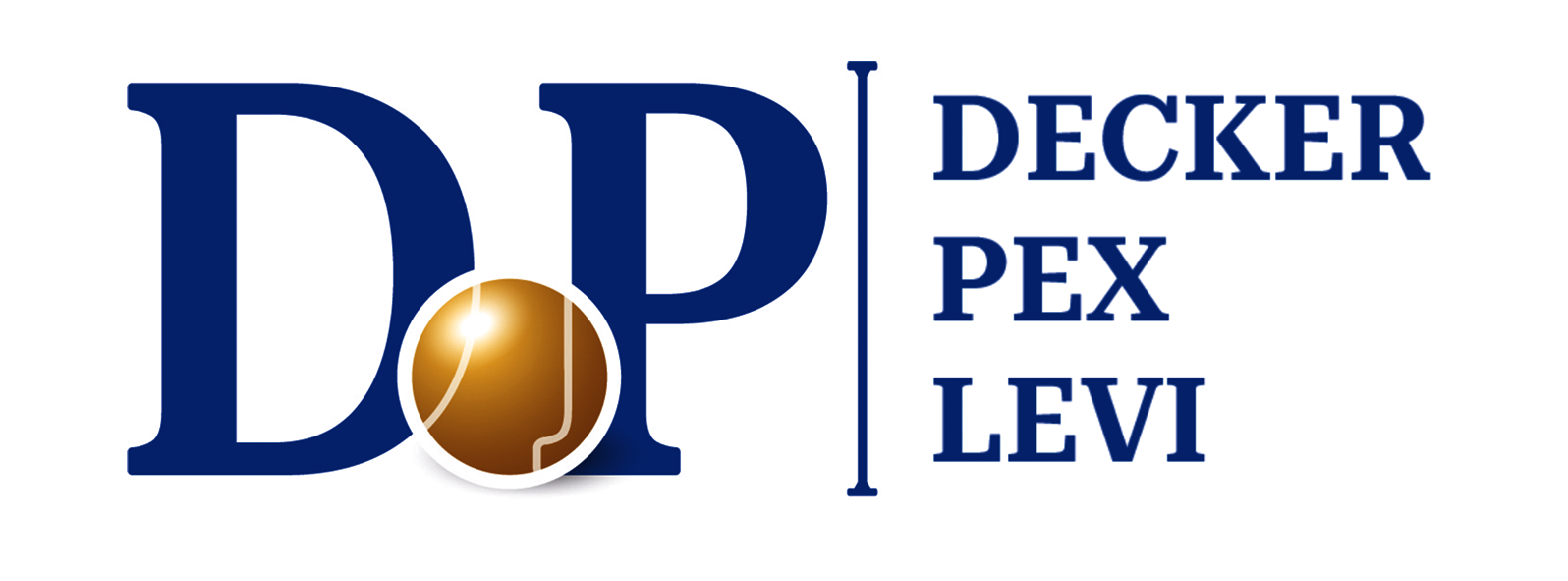Why is it so crucial to hire a local lawyer for a design patent application procedure? Intellectual property (IP) law has different rules in different countries and regions. Perhaps it can be mostly seen in the field of design law. In different places, there are significant distinctions regarding the lifespan of design rights, the items that can be registered as designs, the scope of protection, etc. Below, through the lens of different countries and regions such as Israel, the EU, and the US, a design patent lawyer from our firm will explore these differences and similarities in detail.
The IP law firm of Decker & Ofir, based in Israel (Tel Aviv and Jerusalem), specializes in design law and IP law. Our firm represents Israeli and international clients in various design and IP legal matters. Our services include legal assistance in design and IP enforcement, portfolio management, registration of IP rights in Israel and abroad, etc.
What are Design Rights? Depends Where

When looking to bolster brand image, it is important to understand how intellectual property law works, especially when it comes to protecting creative products and processes. This article will explain intellectual property protections allotted through the acquisition of intellectual rights in industrial designs (often referred to as design patents).
Designs are vaguely defined, ultimately the appearance of a product or part of one composed of various visual characteristics. In other words, as opposed to a utility patent, which is given to an innovative invention with a specific utility (such as a new medicine) designs cover the appearance of a product, whether it is the shape, pattern, or other elements.
Design applications often occur in industries such as automobiles, smartphones, fashion/clothing, and other industries for creative products in which appearance is important. However, the exact intellectual assets that can be protected under design law varies in different countries and territories.
Furthermore, the scope of protection, its length and other elements of protection vary from one place to another as well. We will demonstrate the aforementioned differences below, briefly comparing the legal status of design laws in Israel, European Union (EU), and the US.
Design Patent Rights in the US

The US IP system is based on the foundations of patent law. While patents began to be granted in the US already in the 19th century, design rights came about on a much later stage. The US design law (35 U.S. Code § 171) came into force in 1952. The law classifies designs as some form of patents. They are defined as “any new, original and ornamental design for an article of manufacture”. Such designs can be registered, based on meeting the criteria set by the law.
The US law states that design patents are currently granted for a 15-year span, and as opposed to utility patents, do not require payment of maintenance/renewal fees. This is because, once granted, the design patent will not expire for the whole time frame. A US design application includes a description of the novel mark including an application data sheet, drawings and specification of the design, and an oath or declaration. The registration process can often be lengthy and require the specialty of a design patent lawyer, in order to be handled properly.
Additional US Design Legal Protections
In addition to the design patent protection, there are 2 other legal protections available for other types of designs. One is trade dress, which protects the visual appearance of products or their packaging. This protection derives from trademark law, yet it can be difficult to obtain.
Applicants are required to prove, e.g., that the mark gained a secondary meaning among consumers. There are several forms of designs that can be protected as trade dresses, including tablets, interiors of restaurants and nowadays even certain visual elements of websites.
In some cases, designs can be protected in the US under copyright law. This protection is much more limited, and may apply in cases where the designs or elements can be classified as a pictorial, graphic or sculptural work. Yet, such works must meet the criteria for protection that are often challenging to be considered satisfactory.
Design Rights in the EU
The legal status in the EU with regards to designs is much different than the aforementioned status of design patents in the US. There is more uniformity with regards to legal protection that is granted for different designs. Moreover, while it is possible to register design rights in each EU member country (each with its own unique rules), registration is also available at the EU’s Intellectual Property Office (EUIPO). Nowadays, there are approximately 85,000 designs that are being registered at the EUIPO every year.
Article 3 of the EU’s Design Regulation defines designs as “ The appearance of the whole or a part of a product resulting from the features of, in particular, the lines, contours, colours, shape, texture and/or materials of the product itself and/or its ornamentation”. This definition could apply to a wide variety of assets, including packaging, typefaces and also computer icons. Once granted, a design would be protected for 5 years from its registration. it can be then renewed for up to 25 years in total.
Design Rights in Israel

The current legal situation in Israel with regards to design rights is much more similar to the EU than to the US. Until recently, the situation was the opposite. Design rights were granted for up to 15 years. The previous statutory arrangements regarding Israeli designs were archaic and in many aspects did not meet the needs of contemporary industrial designers. For instance, designers were not allowed to register designs that have been published. This prevented the ability to sense the demand for their designs in the market before investing in their registration.
This situation changed dramatically in 2018, when the new Israeli Design Law came into force. This very modern piece of legislation is aimed at encouraging contemporary designers to protect their works. It is doing so by expanding the term of protection to up to 25 years. It is also expanding the scope of assets that can be protected. The new law protects not only tangible, but also intangible assets (such as icons, fonts, screen displays, etc.). It also offers protection for sets of designs, when they can be assembled together.
Another new feature of the Israeli design law is the protection that is given to unregistered designs. In a similar fashion to copyright protection, it is possible to protect designs without registration. Yet, there is still a requirement to meet the qualification criteria of a design under the law, mainly individual character of the design and novelty. The term of protection is much more limited, and lasts for 3 years.
However, the law provides a “grace period” of 12 months from the publication of new designs until registration. This allows designers (and mostly young ones) to check the public response and demand for their designs before making the decision if it should be registered. Otherwise, and given that the design meets the qualification criteria under the law, it can be protected for 3 years.
Is it Possible to Register Designs Internationally?

As demonstrated above, design protection is different in many aspects among different countries and territories. However, nowadays there is a possibility of registering a design in multiple countries and territories, under the Hague System. Established in 1925, the Hague Agreement allows designs to be protected across countries and regions with much greater ease.
As of writing this article, there are 88 member countries and territories in the Hague Agreement. Israel joined the agreement in 2019, and it allows the registration of designs that are registered abroad in Israel and vice versa. Filing an international design application does require knowledge and familiarity with the many nuances of the system. It is therefore recommended to be assisted by a design patent lawyer while handling the process.
Contact Us
If you have any more questions on the topic of patent design, feel free to reach out to a lawyer from the law office of Decker & Ofir, who specializes in the different fields of IP law. Our attorneys are well-experienced in various design matters, including design registration in Israel and abroad, design rights enforcement, etc.
